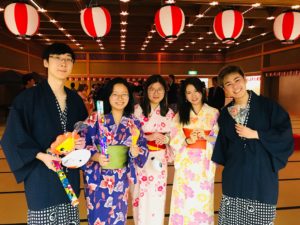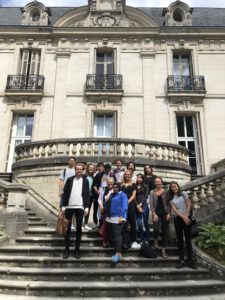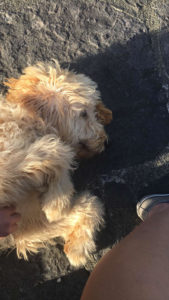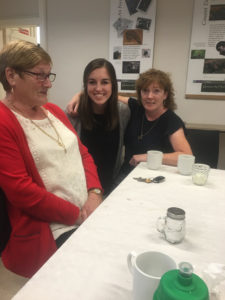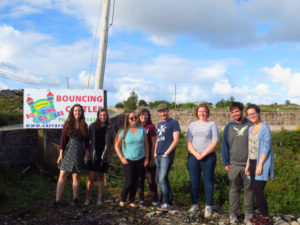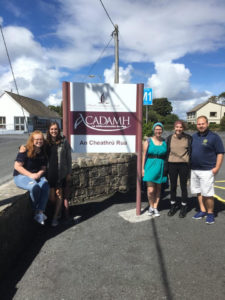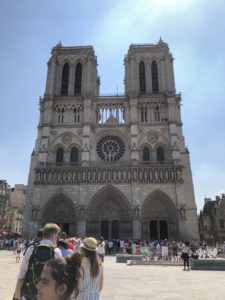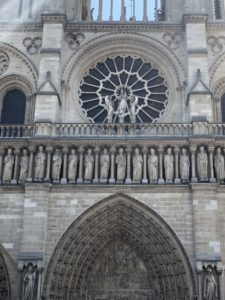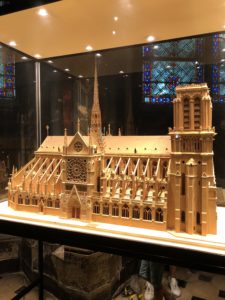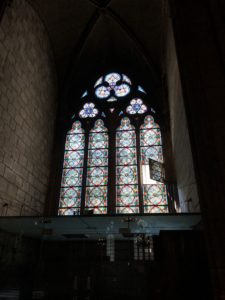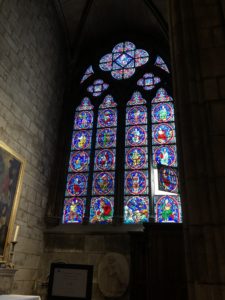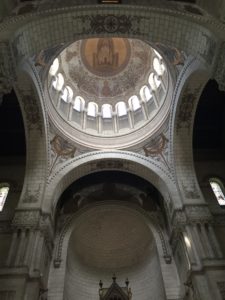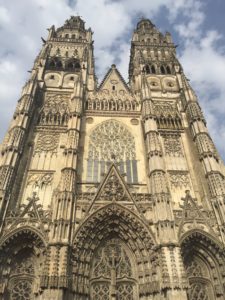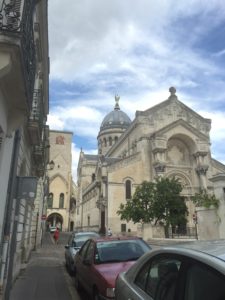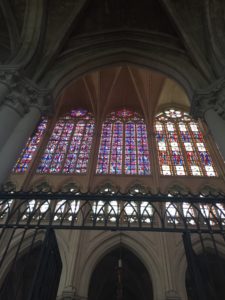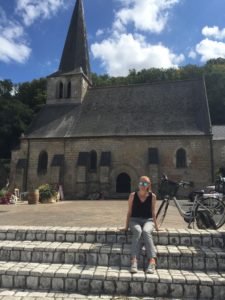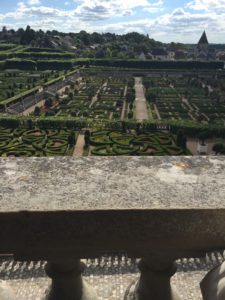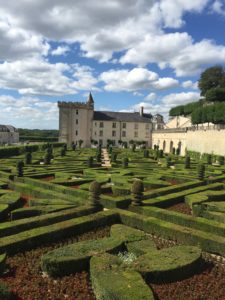I’ve been in Japan about two weeks now and I love it. The scenery is gorgeous and the town is full of culture. Although I love Japan, it is so different from what I ever imagined. I always assumed that I would just visit Japan and just feel right at home, no issues. However, that is not the case. From the moment I landed I find myself often comparing the things I see here in Japan to America. Living in a country like the USA, I think we often take for granted just how much diversity is encompassed within our country. It was not until I came to Japan that I realized and began to appreciate this fact. In Japan, the largest population of people is of course Japanese people. In America, although there are varying proportions of races, I still feel that I often encounter people of many races on a daily basis. It seems like something so simple but it really has made me appreciate the diversity within America. It also had another effect though. It made me want to know various Japanese people personally. In a country full of similar faces and same races, I could not wait to see what really makes up their individual personalities. And so, although I tend to be an extremely shy and awkward person, I wanted to push myself to talk more to Japanese people, starting with my host family. So far, so wonderful!



